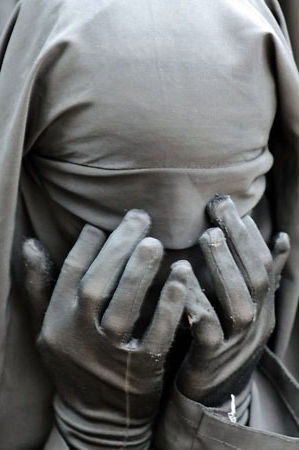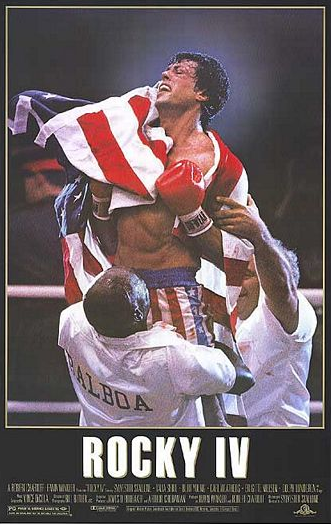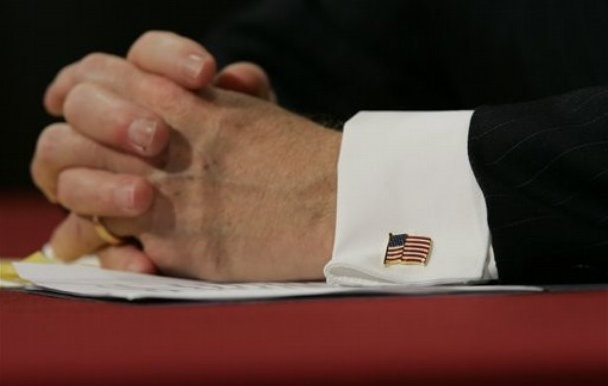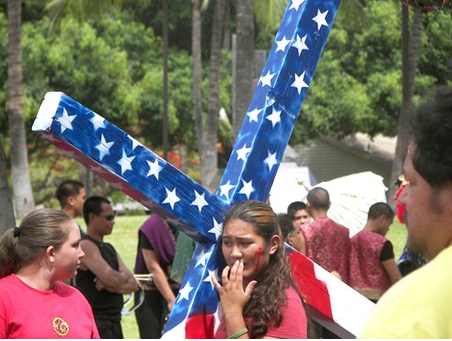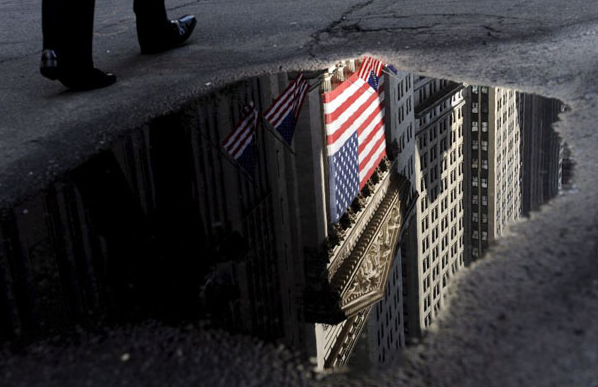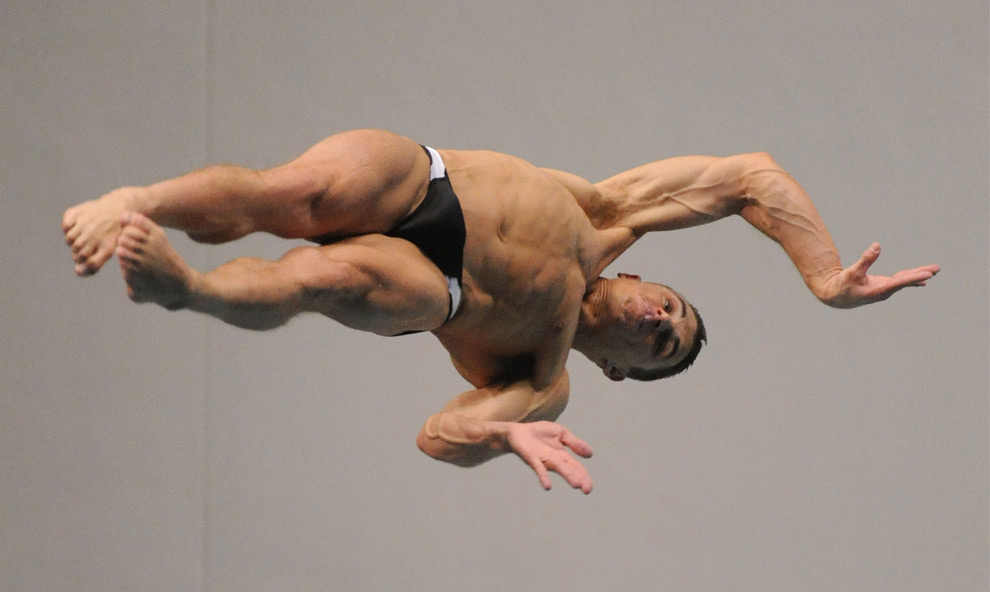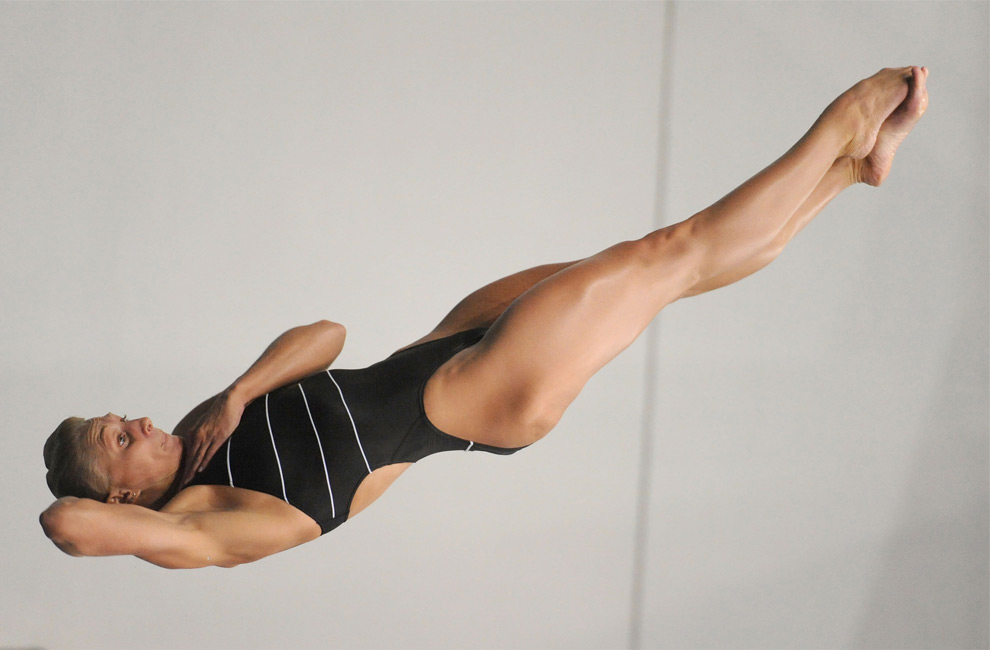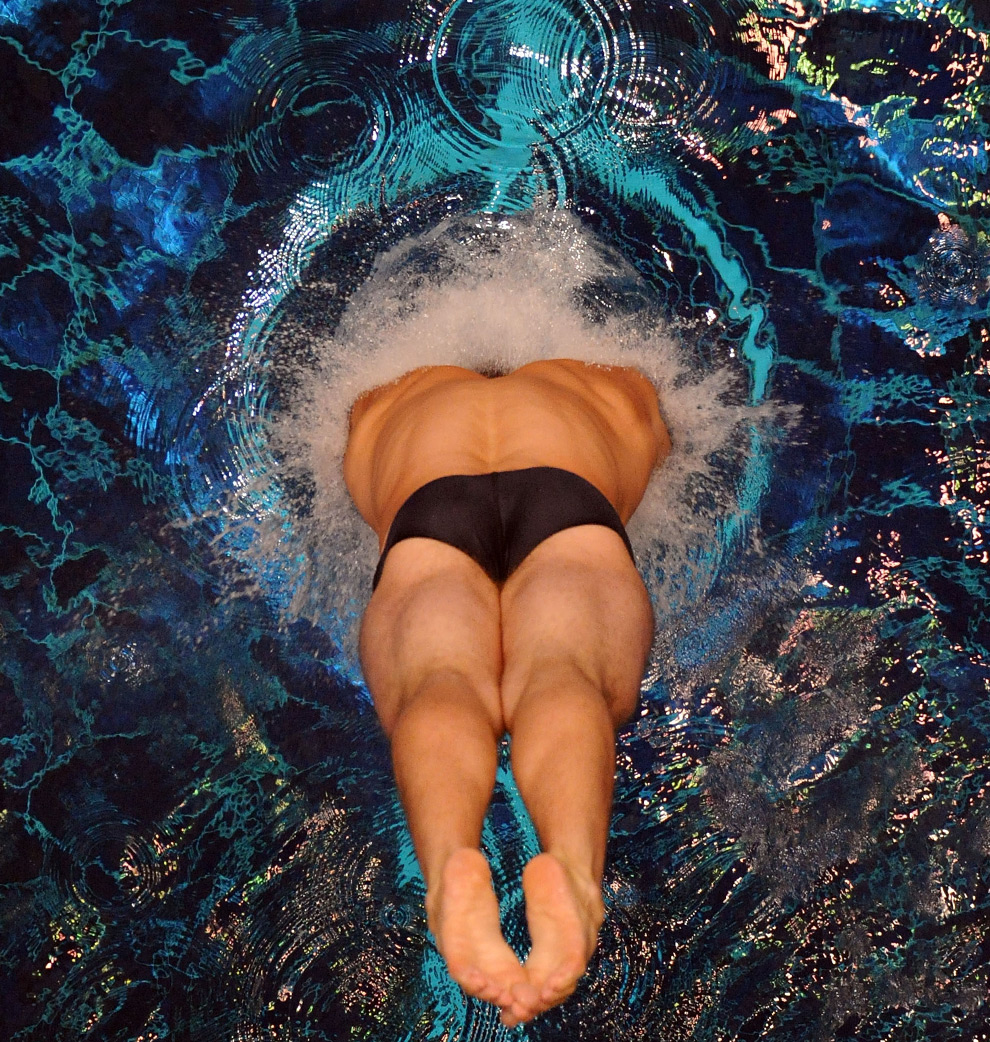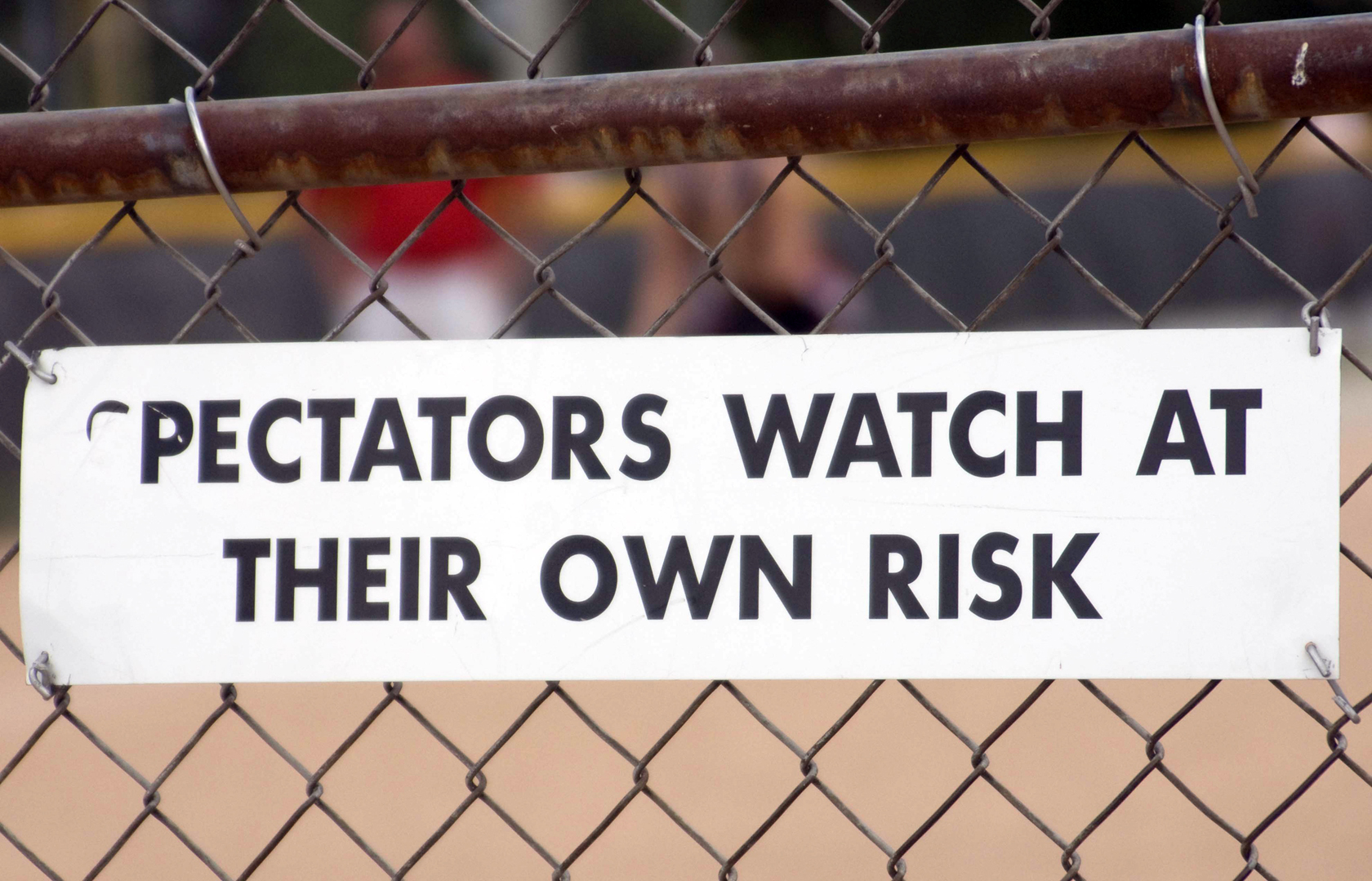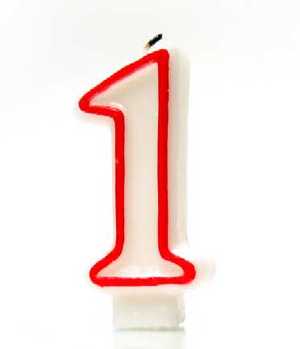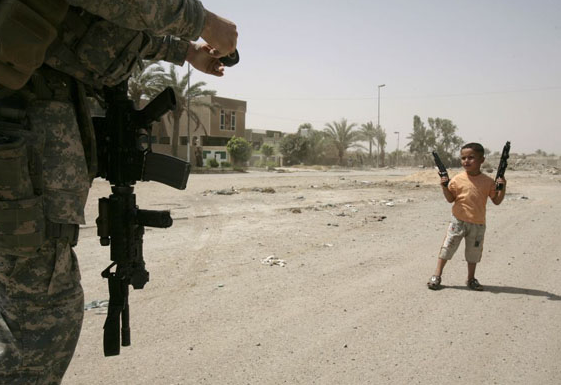Digital technologies have changed both color and “black and white” photography, not least by leveling the hierarchy between the two modes. Color now can be both the norm for popular photography and a rich resource for photographic depiction; likewise, black and white has been demoted from being the artistic standard but can mark a subject for thoughtful reflection. So it is that the New York Times has been featuring ordinary life in Afghanistan by showing it without color.
This image is the titular photo from the latest in a series of photo essays. The lack of color defines the scene comprehensively. That absence is the dominant feature of these images, rather than the sharp definition and subtle contrasts that once were the raison d’etre of black and white photography. This is not black and white so much as it is gray, and with that, “dark, dismal, gloomy,” and “dull dreary or monotonous,” or “indeterminate and intermediate in character,” as my dictionary defines the term. It is easy to conclude that life in Afghanistan, a desert country ruined by decades of war, oppression, and more war, has become unrelentingly bleak.
This is not the place to suggest that there are pockets of bright colored happiness even in Afghanistan. Indeed, color is no defense against the misery of a poor woman reduced to begging for her child. One might ask, however, if we are brought closer to the truth by the obvious manipulation of the gray image shown above. Frankly, I don’t think the scene needs that kind of help. (See, for example, the photograph here.) That said, I have to admit that this image has a metaphoric resonance that might be missed if we could see what color was there. The term “shades of gray” comes strongly to mind: as if the child were about to become a “shade,” that is, a ghost. As if the mother were already reduced to the status of a shadow, a wraith-like being that exists only for the task of keeping the child alive, or accompanying him to the underworld. The scene could be from an upper circle of hell.
And that’s the problem. As we look down into their bleak underworld, they are close enough to be seen but still in another world forever without color and life. There seems to be no chance that we could reach down and pull them back among the living. And so, we, like the “neutral hue” of the image itself, are left in a space without values, with little basis for doing anything other than looking and reflecting on human misery.
The suggestion of a spirit world is evident in another photograph taken in gray recently. This image portrays a religious student praying in Islamabad:
I first thought that this photo was a color shot of gray clothing, and it may be, but it has the look of digital gray–that is, of the image after the color has been removed. Here the gray again is being used to frame the object for reflection. We are to dwell on how she is completely covered. Head, face, even her hands–this is not the typical burqa; indeed, the student may be male for all I know. What strikes me is how the hands are touching the hooded eyes. She cannot see and yet is creating some inner circuit of the senses. The gray tone now suggests a similar coordination of her apparel and so of the entire ritual act: she is completely shrouded from the outside world in order to turn toward her spiritual center. Again, the gray shroud makes her somewhat otherworldly, a spiritual medium rather than someone who might communicate with us. And again, she seems closed off from this world by the photograph itself.
Photojournalism need not be a trigger for immediate action. It is enough sometimes to take us out of our familiar sense of of the world. Gray imagery is one way to do that, not least when we are likely to see distant war zones through the rose colored glasses of commercial media and consumerism. More important, the absence of color in the photograph can not only set the tone for thinking about a subject but also reveal our own deficiencies. If there is a lack of either compassion or charity in response to the first photograph, or a lack of empathy in response to the second, the problem may not lie in the image. It may be because those capacities are not there as they should be in the viewer. There may be more gray in the world than we realize.
Photographs by Tyler Hicks/New York Times and Farooq Naeem/AFP-Getty Images.

